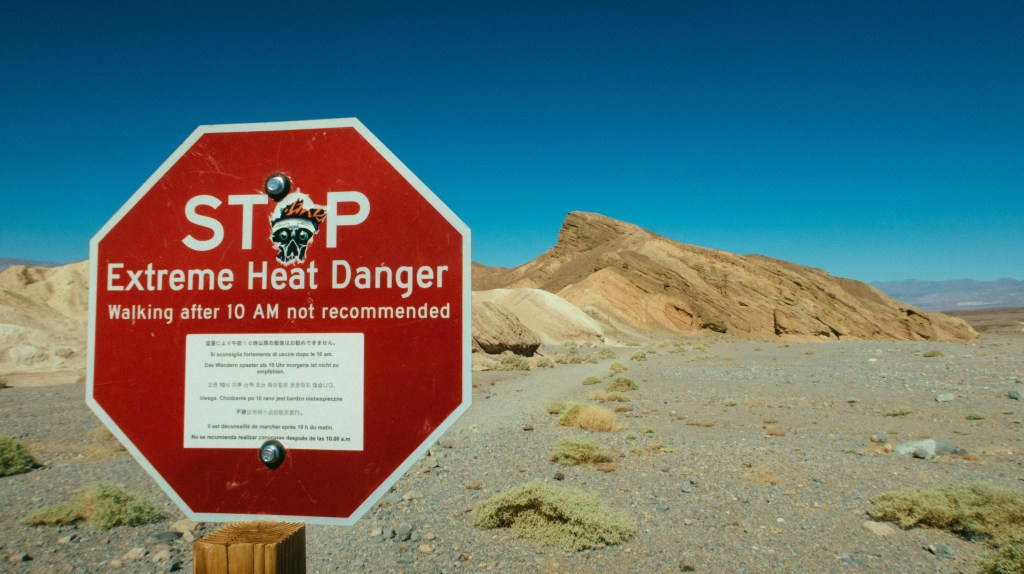More than 130 million people have been left reeling amid a dangerous heatwave across the southeast US. Multiple heat advisories have been issued over the past few days — with potentially life-threatening temperatures and humidity across the eastern half of the country until Wednesday. The affected areas include much of the southeastern coast, the midwest, the eastern US corridor stretching from Boston to Washington, DC and even parts of the Northeast and South. Meanwhile other parts of the country remained under a severe thunderstorm excessive rain watch on Monday.
“A dangerous heat wave is set to impact over 20 million people across the Southeast and Tennessee Valley this weekend, with highs in the 90s-100s and heat indices surpassing 110°F. Relief expected by early August. Stay hydrated, limit outdoor activities, and check on vulnerable individuals,” the NWS Weather Prediction Center wrote on X.
The agency had also issued a warning last week — noting that a large ridge of high pressure would lead to “continued dangerous heat” for the next few days. The conditions will be “most persistent and dangerous across the Southeast and Mid-South” with HeatRisk in the Major (Level 3) to Extreme (Level 4) categories. The experimental index forecasts the potential for heat-related impacts over a 24-hour period with four as the highest level.
‘Extreme heat risk warning’
“Extreme heat is expected to continue across much of the southeast this week, with the most dangerous combination of high temperatures and humidity occurring through Wednesday. Heat levels will be dangerous for anyone without adequate cooling or hydration,” a weather bulletin said on Monday.
According to the US National Weather Service, an extreme heat warning is issued when “dangerous heat conditions” are expected or presently occurring. The federal agency urges people to avoid outdoor activities, stay hydrated, find a cool indoor place, and check on children, the elderly and pets in such a situation.
The weather forecast bulletin added that temperatures would soar into the “upper 90s to low 100s” — roughly 35 °C to to 40 °C — this week. The heat index values (essentially the ‘feels like’ temperature) are expected to be even higher, surpassing 110 °F to 115 °F. Several major metropolitan areas–including Raleigh, Charlotte and Orlando are expected to experience ‘extreme heat risk’ with more than 18 million people impacted at the peak on Monday.
Which areas have been affected?
The latest US weather bulletin forecast extreme and intensifying heat “across much of the Southeast and Tennessee Valley” this week. The highest temperatures were reportedly recorded between Savannah in Georgia and Virginia Beach in Virginia on Sunday. According to an ABC News report on Monday morning, more than 130 million people across the country remain on alert for widespread, dangerous heat levels.
a
